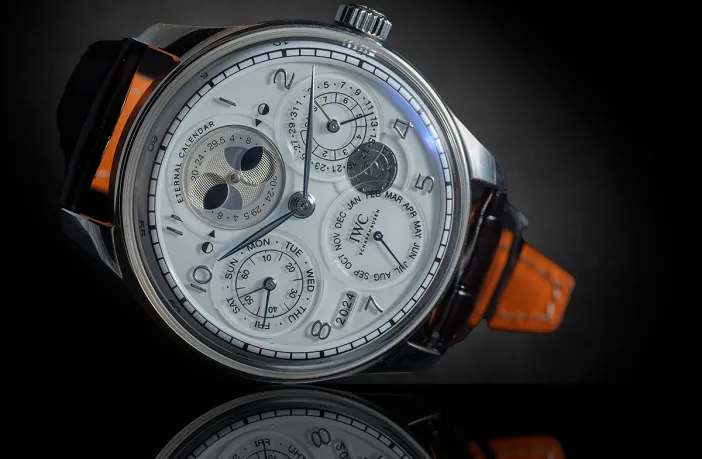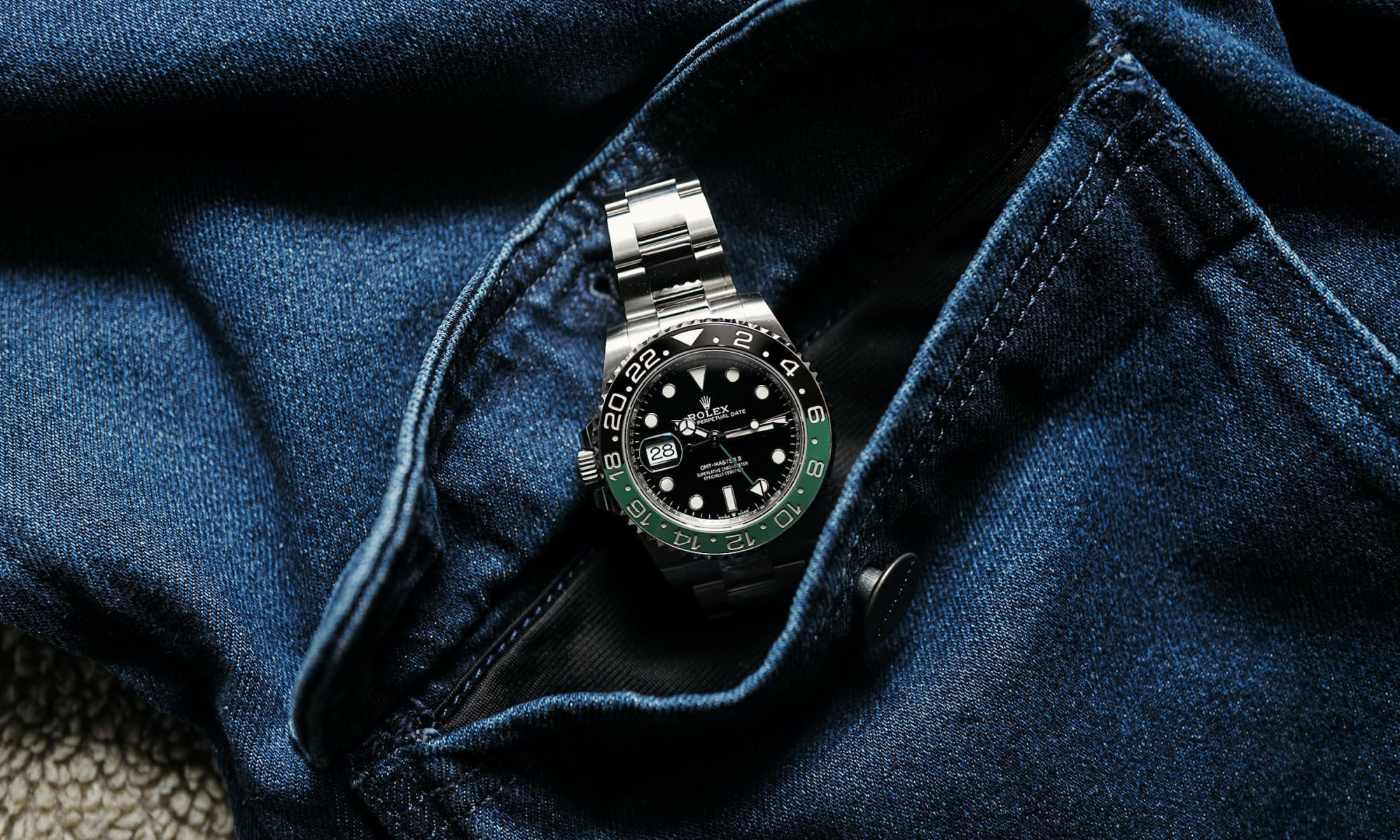This year, perfect replica IWC UK takes a major leap in the history of its most iconic complication. The Schaffhausen-based watchmaker has developed a new perpetual calendar movement that is juiced to the gills, truly putting the “perpetual” into the “calendar”. This super perpetual calendar is known as a secular calendar which will require no adjustments for a least the next thousand years. Oh, and the movement also comes with a moon phase indicator of unprecedented accuracy as a bonus. Here, we bring you the details and our honest thoughts on the new and aptly named aaa quality fake IWC Portugieser Eternal Calendar.

The Case, Dial, and Hands
The case of the luxury fake IWC Portugieser Eternal Calendar measures 44.4 mm x 15 mm. It sounds huge – and it is – but also impressive at the same time, because it is only negligibly larger (by 0.2 mm x 0.1 mm) than the standard issue uk cheap replica IWC Portugieser Perpetual Calendar despite significantly enhanced movement functionality. The case is rendered in platinum, which feels like the right choice for the brand’s first and currently only secular calendar wristwatch. The best part about the case, though, has to be the front-and-back box sapphire crystals that give the Portugieser Eternal Calendar a neo-vintage vibe, reminiscent of old savonette pocket super clone watches for sale. The finissage on the case is unchanged relative to that of the Swiss movement copy IWC Portugieser Perpetual Calendar – perhaps a missed opportunity to add more hand-finished nuance, as it’s always been fairly austere.
The Movement
Driving the high quality replica IWC Portugieser Eternal Calendar is the 54-jewel, in-house developed and manufactured Calibre 52640. The highlight of the automatic movement is its super-accurate perpetual calendar, known as the secular calendar. The Swiss movement copy IWC secular calendar watch may not be a new invention, but the number of examples that existed prior to this year could literally be counted on one hand. But just how is the secular calendar more accurate than the perpetual calendar? It’s all got to do with the lesser known rules of the leap year. Common knowledge dictates that any year divisible by four is a leap year (this year is a leap year, for instance). But it gets more complicated. Years divisible by 100, like the year 2100, are not leap years even though they are divisible by four – this is also where the conventional perpetual calendar fails. However, if a year is divisible by 400, such as the year 2000 or 2400, it is considered a leap year. All these corrections are necessary to account for the fact that the true length of a year (the sidereal year) is in fact 365.2425 days and not the 365 days we experience on most years.
